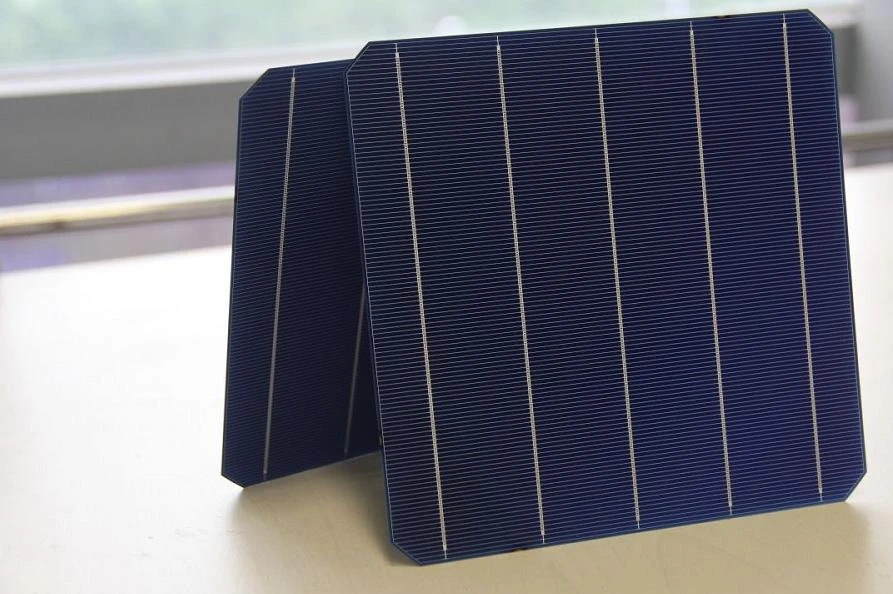Understanding the Typical Efficiency of Solar Panel Output for Optimal Energy Generation
Understanding Average Solar Panel Output
The implementation of solar energy has been gaining momentum over the past few years, driven by the urgent need for sustainable energy solutions and the desire to combat climate change. Solar panels, which convert sunlight into electricity, play a crucial role in harnessing this renewable resource. However, one common concern among potential users is understanding the average solar panel output and how it can influence energy consumption and savings.
What is Solar Panel Output?
The output of a solar panel refers to the amount of electricity it generates, usually measured in watts (W). This output depends on various factors, including the panel's efficiency, the amount of sunlight it receives, and its orientation and tilt. The average solar panel output typically ranges from 250 to 400 watts per panel, with most residential systems composed of multiple panels working in tandem.
Factors Influencing Solar Panel Output
1. Sunlight Exposure - Solar panels require sunlight to function effectively. The geographical location, climate, and seasonality significantly impact the amount of sunlight a solar panel can access. For instance, regions closer to the equator with minimal cloud coverage generally experience higher solar energy production than areas that have longer winters or frequent rain.
2. Panel Efficiency - The efficiency of a solar panel is its ability to convert sunlight into usable electricity. Higher efficiency panels—often rated above 20%—can generate more electricity in a given area than standard panels. The technology used in manufacturing, such as monocrystalline, polycrystalline, or thin-film, can also influence output levels.
3. Orientation and Tilt - Positioning solar panels to maximize sunlight exposure is crucial. Panels that face south (in the Northern Hemisphere) typically receive the most direct sunlight throughout the day. Additionally, the tilt angle of the panels can affect output; an optimal angle depends on the latitude of the installation site.
4. Temperature - Interestingly, while sunlight increases output, excessive heat can decrease it. Most solar panels operate best at moderate temperatures, and their efficiency tends to drop as the temperature rises above a certain threshold. This phenomenon is known as the temperature coefficient and varies by panel model.
Estimating Average Solar Panel Output
The average output can be calculated using a basic equation
average solar panel output

\[ \text{Daily Output (kWh)} = \text{Panel Size (kW)} \times \text{Peak Sun Hours (h)} \]
For example, a 300-watt (0.3 kW) panel installed in an area that receives 5 peak sun hours per day would produce
\[ 0.3 \text{ kW} \times 5 \text{ h} = 1.5 \text{ kWh per day} \]
With most homes using anywhere from 20 to 30 kWh per day, several panels will be necessary to meet energy needs.
Benefits of Understanding Solar Output
1. Cost Savings - Knowing the average output helps homeowners estimate potential savings on their electricity bills. By understanding how much energy their solar system produces, users can better assess the return on investment.
2. System Sizing - Accurate estimates of solar output allow for better system design. Users can determine how many panels are required to meet their energy demands effectively.
3. Performance Monitoring - Keeping track of actual solar panel output compared to expected output can identify efficiency issues or necessitate maintenance. Regular monitoring ensures that solar installations operate at peak efficiency.
Conclusion
Understanding the average solar panel output is essential for homeowners and businesses considering solar energy installations. By taking into account factors such as location, panel type, and physical setup, potential users can make informed decisions about solar energy systems. The advantages of harnessing solar power extend beyond individual savings; they contribute to a collective effort to promote sustainable energy use and reduce our carbon footprint. As technology and efficiency continue to improve, solar energy will increasingly become a cornerstone of a clean energy future.
-
String Solar Inverter: The High-Efficiency Solution for Smart Solar EnergyNewsJul.14,2025
-
Revolutionizing Rooftop Energy with the Power of the Micro Solar InverterNewsJul.14,2025
-
Power Independence with Smart Off Grid Solar Inverter SolutionsNewsJul.14,2025
-
On Grid Solar Inverter: Powering the Future with Smart Grid IntegrationNewsJul.14,2025
-
Monocrystalline Solar Panels: High-Efficiency Power for the Future of Clean EnergyNewsJul.14,2025
-
Bifacial Solar Panel: A Smarter Investment for Next-Generation Energy SystemsNewsJul.14,2025







